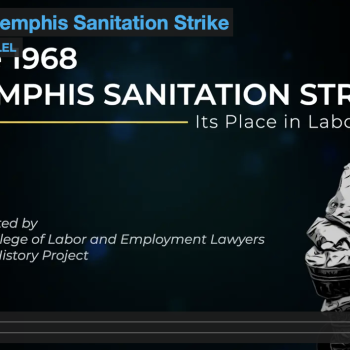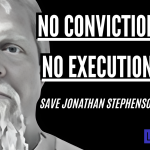“As much as Americans may hanker after individualism in Christianity, the facts are that there is no such thing as the solitary believer but only the Christian assembly, gathered around Word and sacrament” (Timothy Wengert, The Augsburg Confession).
In some ways, this insight is being sorely tested by a global pandemic. The Christian assembly is not “assembling/gathering” around Word and sacrament in the way it had grown accustomed.
In other ways, this insight is expanding and transforming. We are learning as a Christian community that Hamlet’s words ring true:
There are more things in heaven and earth, Horatio,
Than are dreamt of in your philosophy.
Who would have dreamt back in January of 2020 the church would have paused corporate worship in sanctuaries, shifting instead to digitally-mediated live-streams, house churches, and outdoor services?
Yet Wengert is right in his summary of article seven of the Augsburg Confession. Christianity is not the individual belief of solitary persons but the gathered assembly confessing as it centers around the Word and the sacraments.
As we go into this beautiful fall weekend, I invite you to consider the ways you are maintaining a commitment to Christian faith as faith “with” others, “among” others, gathering and assembling with others.
We value and continue to create our live-stream worship each week because we know it is a grounding and connection for many of you. I believe we can make it even more an “assembly” if each person our household does at least some of the following:
- Use the chat feature on the livestream to check in with others, say hi, ask questions, post photos, share the peace.
- Prepare a table for a simple form of communion in order to share Christ in your household.
- Before or after worship, use the church directory to check in by message or text with those on the same page alphabetically as yourself
- Commit to the many ways we are in this together right now as a congregation: donate, join a bible study, volunteer, confess the faith.
I’ve been making use of some of my time this week to a reading of Timothy Wengert’s new book on the Augsburg Confession. For those who are unfamiliar, the Augsburg Confession is the primary confessional document that defined/defines what we think of as the Lutheran Church.
Many Lutheran churches around the globe call themselves not “Lutheran” but the Church of the Augsburg Confession.
This confessional document was prepared and read out loud at Augsburg as a confession by those under condemnation by the Holy Roman Empire and the church of that time.
It’s a rather remarkable document. It begins with the Nicene Creed, the most widely shared confession of faith anywhere on the planet.
Then, in 28 additional articles, each on a matter of faith like God, Christ, justification, sacraments, church order, etc.
Each article takes this shape: there is an introduction, a narration of the basic facts, a main argument, a confirmation of the argument, a confutation of the other side’s objections, and then a conclusion.
If you’ve never read the Augsburg Confession, I highly recommend it. Maybe take one article per day for a month and read it.
The confession isn’t a devotional text like a catechism or other spiritual resources, so don’t look to it for that kind of inspiration. It is instead a confession of faith. In a way it’s a sort of political document.
What is confession, you might ask? Well, for the Lutheran tradition a confession isn’t like an adherence to some kind of doctrinal position that will then ensure your salvation. That’s a much more modern notion.
Rather, what the Augsburg Confession illustrated, and what has historically often been true among Christians, is that confession can’t be simple lip service to an ecclesial party line.
Confession instead includes putting ones life, resources, everything on the line. Confessing involves risk.
Wengert has this tremendous insight I share here because I think it might be consolation to any parents or teachers who wonder how or why it’s hard to teach the faith to our children.
“In a peaceful, bourgeois society, many Christians can scarcely conceive what it means to stand up and say, ‘I believe.’ For example, what looks to faithful pastors [or parents] like a failure of their pedagogical prowess–namely, when children seem rather bored with catechesis and the ancient creeds–has little to do with pastoral [or parental] failings and far more to do with Jesus’s prophecy or, rather, with an absence of such a confessing moment” (2).
If we are currently comfortable and do not find ourselves in a confessing moment, we can still make use of the time for study and mission in the life of the church in order to exercise and prepare ourselves better.
But Christian faith is perhaps brought out most clearly not in those comfortable moments of study, of easily stating “I am a Christian,” but rather when we are tested by stepping out into spaces of risk and vulnerability in ways that show we are Christian, because our actions and risk-taking look like Christ.
There are always more moments for this, and I encourage all of us as a congregation to lean into the many ways we can make ourselves vulnerable so that our neighbor might be loved and served.
















